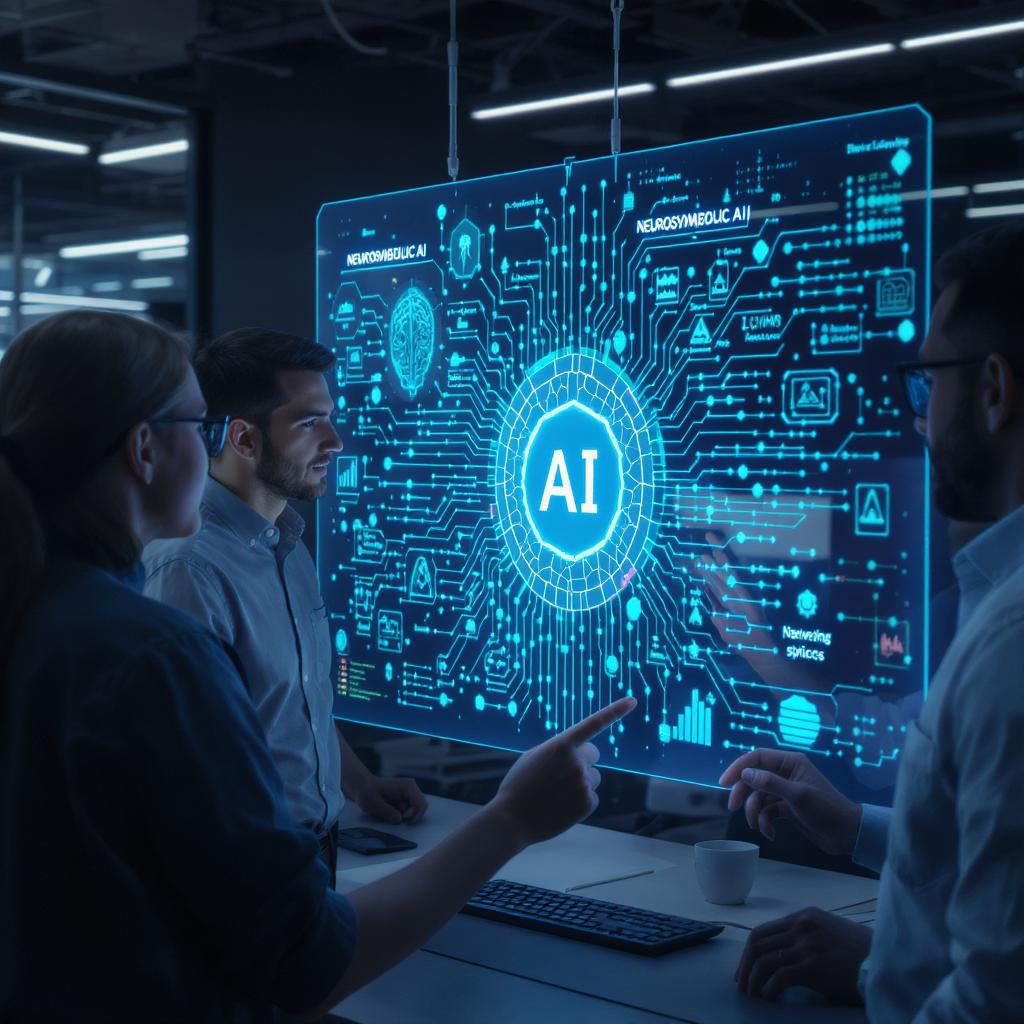The Future of Neurosymbolic AI: Bridging Learning and Reasoning

-
26/6/2025
What are we talking about?
In the dynamic realm of artificial intelligence, one approach that has emerged is neurosymbolic AI. This innovative strategy combines the robust learning capabilities of neural networks with the structured, rule-based reasoning of symbolic logic. It seeks to mimic human-like thinking by integrating two different methodologies: data-driven learning and symbolic reasoning.
Why is it important?
Neurosymbolic AI is particularly valuable in tackling complex challenges requiring high-level cognitive functions and ground-level data perception. Healthcare, autonomous driving, and natural language processing are just a few domains where this approach could lead to transformative advancements, allowing systems to traverse unpredictable environments effectively, analyze vast datasets, and provide nuanced understanding and generation of human language.
How do you do it?
By merging neural networks with symbolic logic, neurosymbolic AI creates intelligent systems capable of real-time data analysis complemented by logical deductive reasoning. This is achieved through continuous learning and adaptation, resulting in AI systems that offer solutions with both precision and alignment to human expectations. In healthcare, for example, neurosymbolic AI integrates medical images with patient history to generate comprehensive treatment plans.
- Healthcare Applications: These systems analyze medical images and integrate patient records to provide insights as precise as human experts, enhancing diagnostic efficiency and fostering trust in AI-driven solutions.
- Autonomous Systems: In autonomous vehicles, neurosymbolic AI allows for real-time data analysis and adherence to traffic rules, enabling safe navigation through complex environments.
What if you don’t (or want to go further)?
Neglecting neurosymbolic AI could mean missing out on AI that offers both intelligent and human-tuned interactions, potentially limiting progress in various technology-driven sectors. On the flip side, further embracing this approach can lead to new paradigms of human-technological collaboration, as seen in enhanced educational experiences and personalized financial services, transforming the way we interact with everyday technology.
